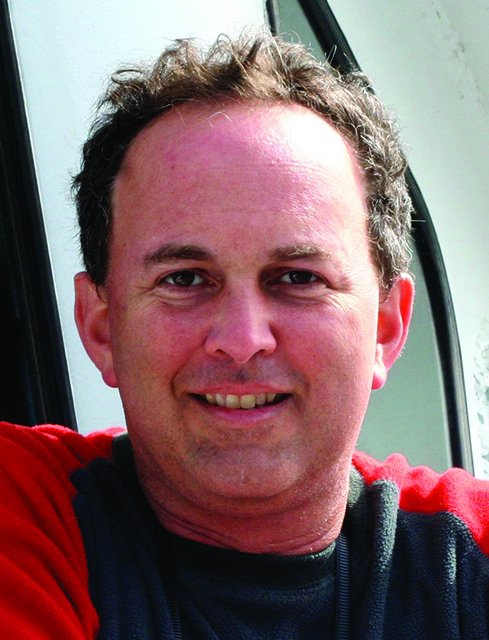Cox Cable
Cox Communications of Baton Rouge, La., found a way to get voting-age youth to go to the polls: make their issues matter. Its much lauded fall 2004 “Voices for Votes” campaign was a labor-intensive, carefully crafted movement that really worked.
“There’s a Catch-22: Young people don’t vote because politicians don’t pay attention to them, and politicians don’t pay attention to young people because they don’t vote,” said Cox Public-Affairs Manager Rusty Jabour earlier this summer, before he left the cable company to become assistant VP of communications and policy for the University of Louisiana educational system.
“Our issue was not just registration,” Jabour said. “If we got people registered as an ancillary effect, that was great, but our target was just voting.”
Cox, which developed and ran the entire program in-house, carefully thought through all the details, right down to the way things were worded: The program kicked off Aug. 4, 2004, the day politicians qualified for the ballot. Immediately, Cox flooded the state capitol with staffers and volunteers trying to pressure candidates for local, state and national office to turn their attention to issues affecting young people.
Cox also commissioned a poll of potential young voters to tell politicians what was on their minds and produced an hourlong “Voices for Votes” program that ran 13 times in the week before Election Day.
The heart of the campaign was the Voting Season Card, which capitalized on young locals’ love of college football. The card presented a calendar of key registering and voting-related dates (for absentee and primary voting, for example) alongside the football schedules for Louisiana State University and Southern University, and offered discounts at merchants that voting-age youth would be most likely to patronize. Cox distributed 48,000 cards.
The cable operator had some help. Citadel, Clear Channel and Guaranty broadcast groups covered Voices events and aired public-service announcements. Billboard firm Lamar Advertising donated the cost of production, paper and space.
The smarter way to stay on top of broadcasting and cable industry. Sign up below
Next, Cox enlisted local students to star in the station’s ad campaign, which included general spots as well as ones focused on specifics, such as absentee voting. One clever component was the “License To Vote” ad, which pointed out that, just as it would be foolish to not bother driving after finally getting a driver’s license, it is equally absurd not to vote after coming of age and going through the trouble of registering.
“There is nothing more fundamental than voting,” Jabour says. “We wanted them to realize that.”
Cox produced 10 spots, which it ran 12,000 times on 72 channels over three months. (Jabour values the airtime at $200,000 and estimates the production costs at $40,000.) Most of the spots also featured finalists for an MTV contest in New York, who added tone and an attention-grabbing look to the spots. Cox then enlisted the finalists to make local appearances. Jabour says, “They went everywhere and anywhere.”
When the votes were finally tallied, voting among this coveted demo had failed to increase in most areas of the nation, yet Cox and the seven parishes it covers had accomplished what the project had set out to do: Four of the areas had an 8% rise in voter turnout among 18- to 35-year-olds, one had a 9% jump, and three of the smallest, most rural areas managed a 6% increase.
“We are so pleased,” Jabour said at the time. “We’ll be doing this again.”
Stuart Miller has been writing about television for 30 years since he first joined Variety as a staff writer. He has written about television for The New York Times, The Washington Post, the Los Angeles Times, The Guardian, The Boston Globe, Newsweek, Vulture and numerous other publications.

